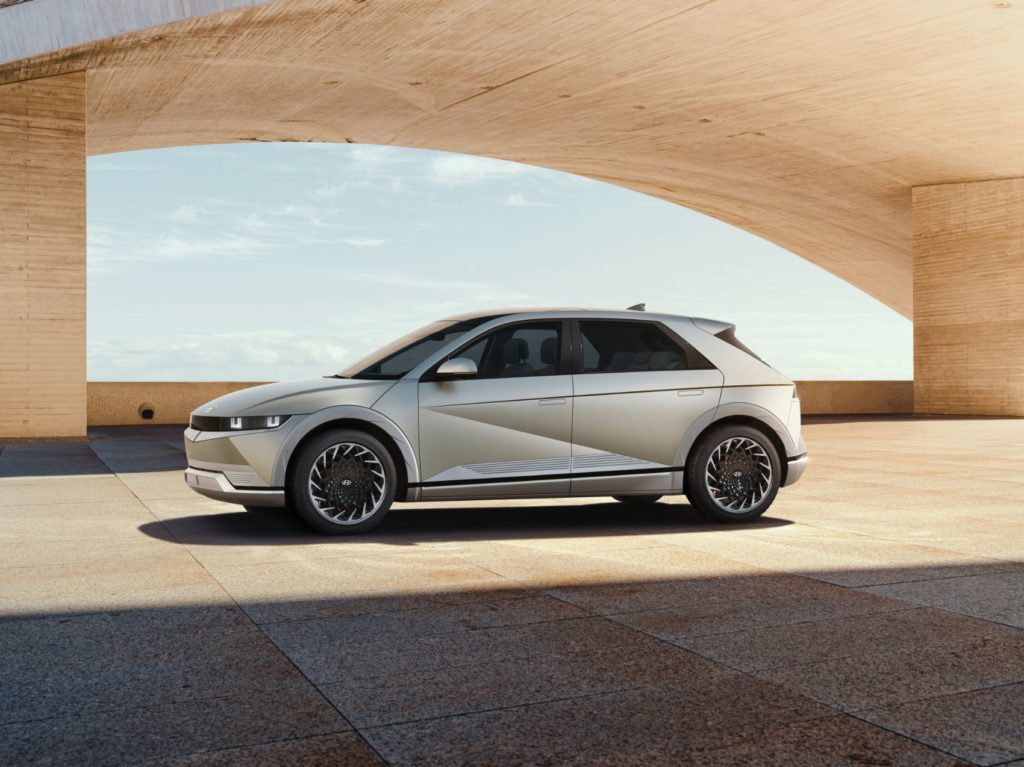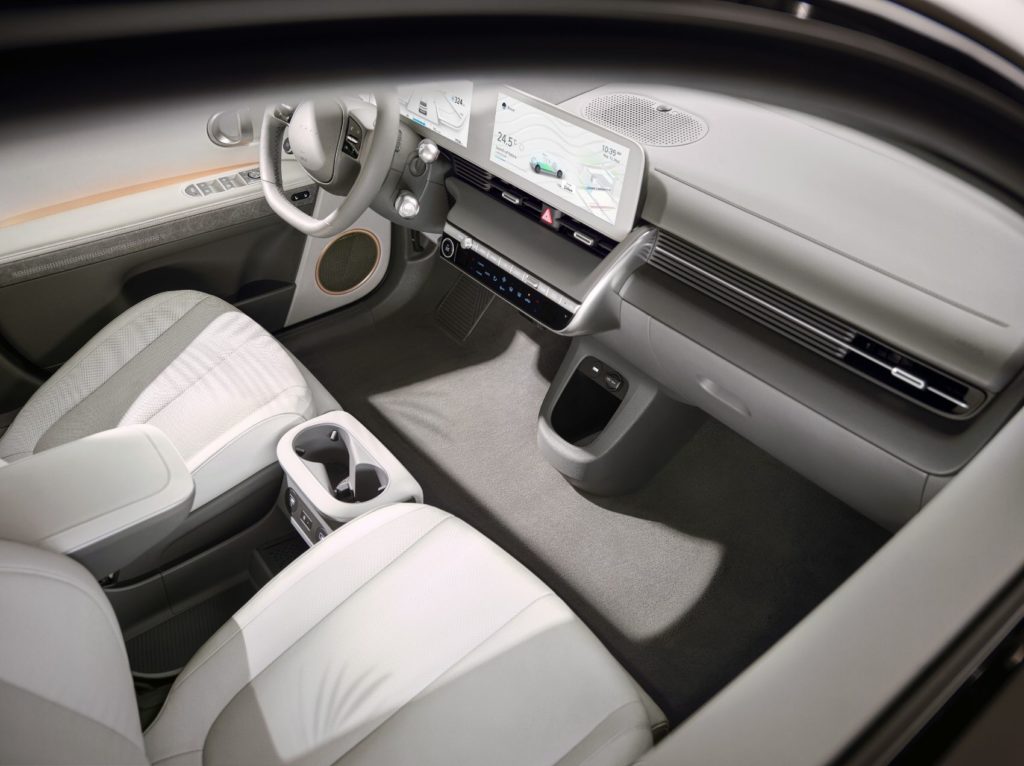Motional has announced that the Hyundai IONIQ 5, an all-electric crossover, will serve as its next-generation robotaxi. This most recent news follows a December 2020 announcement from Motional and Lyft. Together, the companies revealed plans to launch the world’s largest robotaxi deployment partnership. According to Motional and Lyft, the forthcoming ridesharing network has the potential to make driverless vehicles a reality for a vast number of Americans.
Based on the timeline presented by both companies, consumers in select markets will be able to book a Motional robotaxi through the Lyft app starting in 2023. That robotaxi will likely be an IONIQ 5.
Level 4 Capability
The Hyundai IONIQ 5 is Motional’s fifth platform and its second to go driverless on public roadways. Motional’s IONIQ 5 is different from the consumer version of the vehicle as the robotaxi variant will have SAE Level 4 capability. The process of implementing the driverless system to the vehicles is currently ongoing and done in collaboration with Hyundai’s manufacturing and design teams, alongside Motional’s autonomy, robotics, and software teams.
Central components for the IONIQ 5 robotaxi include LiDAR, radar, and cameras. According to Motional, the system can sense a full 360 degrees around the vehicle and detect objects and other road users up to 300 meters away.

Hyundai IONIQ 5: Quick Specs
The Hyundai IONIQ 5 is built on the automaker’s Electric-Global Modular Platform, often abbreviated as E-GMP. When equipped with the 72.6-kWh battery and two-wheel drive, the maximum range is 470 to 480 km, according to the Worldwide Harmonized Light Vehicle Test Procedure (WLTP) standard. With a 350-kW charger, the IONIQ 5 can charge from 10 percent to 80 percent in about 20 minutes. Likewise, IONIQ 5 drivers will only need to charge the vehicle for five minutes to get 100 km of range, according to WLTP.
The IONIQ 5 is an ideal choice for a robotaxi when considering the interior. Hyundai developed the interior to allow for more comfort, convenience, and freedom of movement, evidenced by the flat load floor (despite the batteries), large glass panel roof, and a wheelbase 100 mm longer than Hyundai’s largest SUV, the Palisade.
“A new mobility experience for the next generation – this was the mission from the first day we began this project, to look ahead towards the horizon, but stay fundamentally Hyundai,” said SangYup Lee, Senior Vice President and Head of Hyundai Global Design Center. “IONIQ 5 is the new definition of timeless, providing a common thread linking our past to the present and future.”

Standard ADAS Technology
Although the Motional IONIQ 5 will be equipped with higher levels of autonomy, consumer versions of the vehicle will include the following ADAS features as part of the Hyundai SmartSense package:
- Safe Exit Assist (SEA)
- High Beam Assist (HBA)
- Surround View Monitor (SVM)
- Driver Attention Warning (DAW)
- Highway Driving Assist 2 (HDA 2)
- Intelligent Speed Limit Assist (ISLA)
- Remote Smart Parking Assist (RSPA)
- Parking Collision-Avoidance Assist (PCA)
- Forward Collision-Avoidance Assist (FCA)
- Blind-Spot Collision-Avoidance Assist (BCA)
- Rear Cross-Traffic Collision-Avoidance Assist (RCCA)
“IONIQ 5 will accommodate lifestyles without limits, proactively caring for customers’ needs throughout their journey,” said Thomas Schemera, Executive Vice President and Global Chief Marketing Officer, Hyundai Motor Company. “It is truly the first electric vehicle to provide a new experience with its innovative use of interior space and advanced technologies.”
Comprehensive Testing Underway
Before debuting to the public, Motional’s IONIQ 5 robotaxis will undergo a rigorous testing program consisting of simulation, closed courses, and public roads. “The testing is only completed once we’re confident our robotaxis are safer than a human driver,” Motional said in a statement. More information on Motional’s engineering and safety procedures can be found in the company’s Voluntary Safety Self Assessment.


